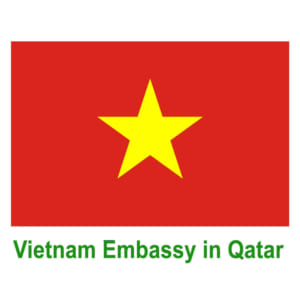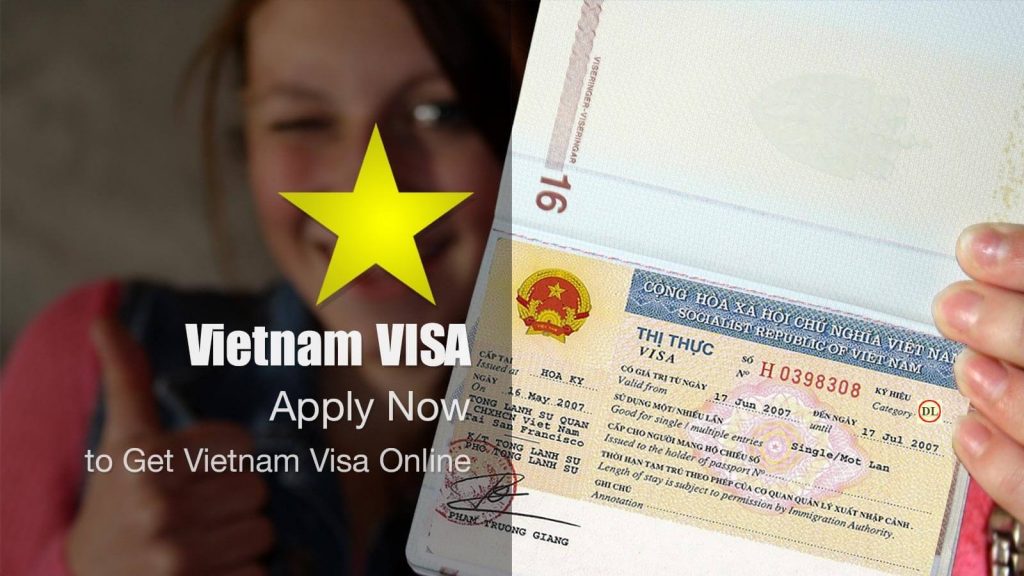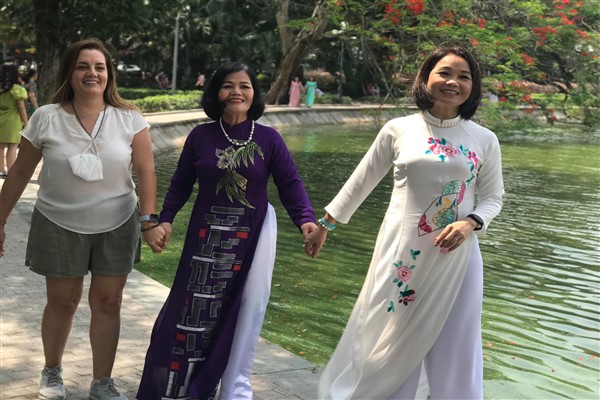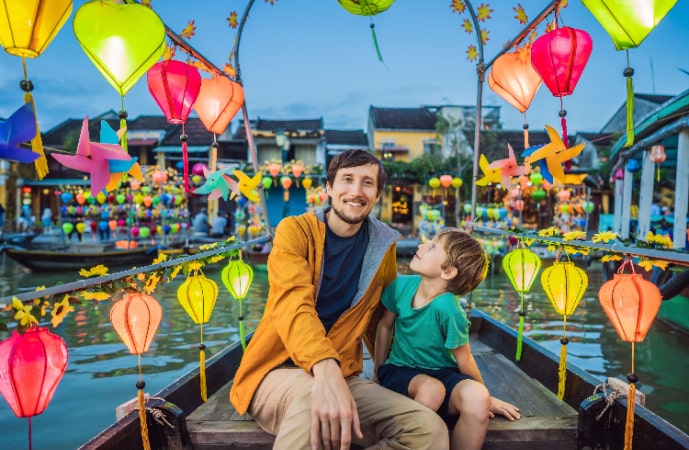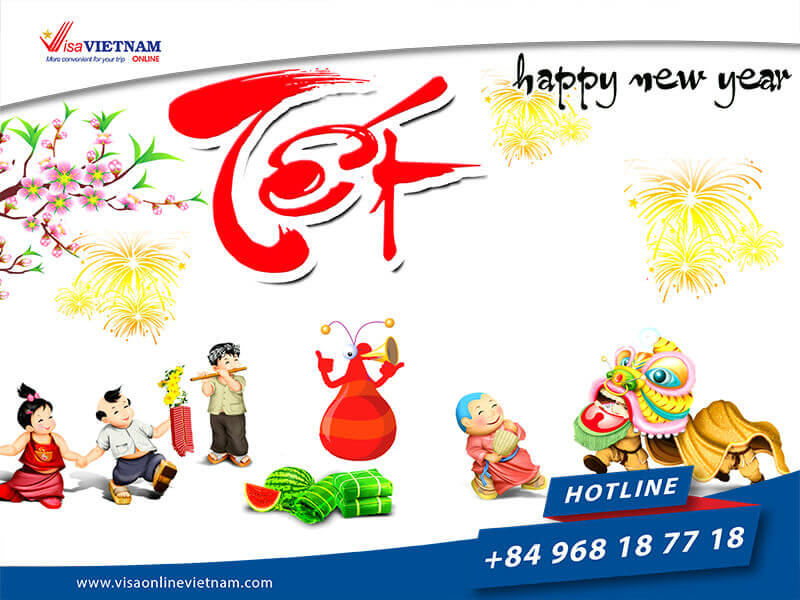
Traditional Vietnamese customs in Vietnam Lunar New Year
Vietnam Lunar New Year bears a strong national identity as it is the most important holiday in Vietnamese culture. This holiday, which is also called Tet holiday, is an expected occasion. Experiencing many fluctuations of history, Vietnamese people still preserve many good traditional Vietnamese customs in Vietnam Lunar New Year.
The dates of Lunar New Year differs every year but it generally takes place around late January or February. On the occasion of the Lunar New Year, there are many traditional customs with deep meaning of the Vietnamese taking place to wish for a peaceful, lucky, well-being and prosperous new year. What are they?
Visiting ancestral graves
Descendants of the family will come together to visit and clean up the resting place of ancestors and their relatives. This is a common custom of Vietnamese people, which can show their filial piety and respect for the ancestors.
Cleaning and decorating the house
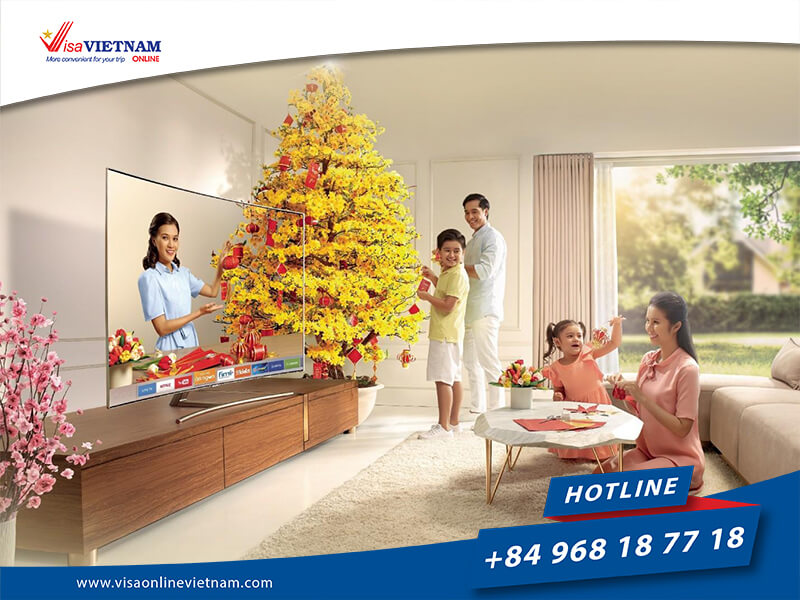
In the last days of the year of New Year, families in Vietnam often clean their houses and furniture with the meaning of rearranging the uneasy things and eliminating the bad things of the old year, preparing to welcome new year with lots of fortune and luck.
Buying flowers on Tet holiday
The North of Vietnam often chooses peach blossoms branches to place on altars or indoor peach trees, because according to the Chinese concept, peach blossoms has the power to eliminate ghosts and all evil, red contains strong vitality, the color of red peach is the color of luck, like prayers and blessings in early spring.
Central and Southern Vietnam often use yellow apricot branches instead of red peach. Yellow symbolizes noble nobility, and yellow also symbolizes kings (as feudalism). The yellow is Tu (earth), one of the five elements, according to the Vietnamese perspective and feng-shui, the earth is located at the center and yellow symbolizes the development of race.
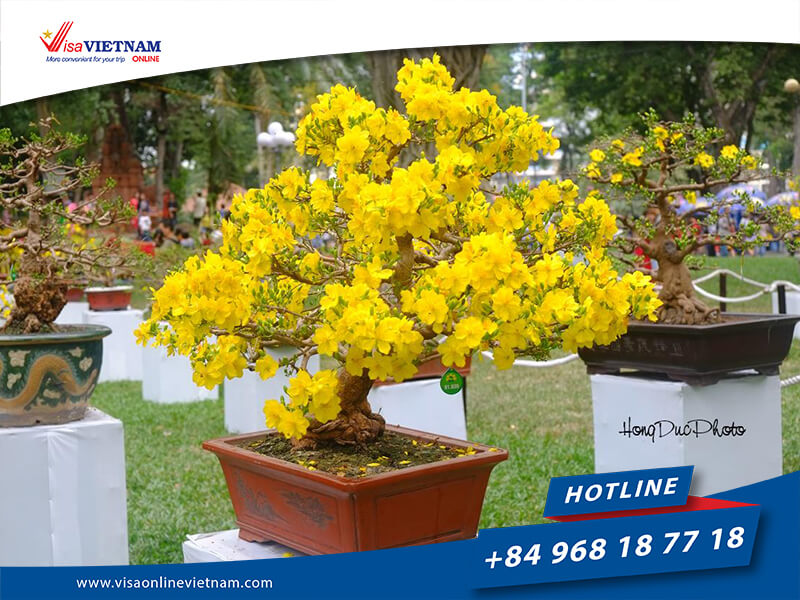
In addition to the two typical flowers for Tet: peach blossoms and apricot, almost every home has more flowers for worship and decorative flowers. Worship flowers can be like marigolds, daisies, gladiolus, lilies. Flowers for decoration are colorful like roses, daffodils, dahlia, violets … And kumquat trees are often decorated in the living room because this type of tree with greenish buds, dappled white flowers, plump fruits represents the proliferation, prosperity, fullness of results.
Making “Chung” cake and “Tet” cake
“Chung” cake is a custom from glutinous rice civilization (not simply wet rice). Glutinous rice only finds ancient traces in the Red River Delta and is associated with the story of “Chung” cake and “Day” cake from the 18th Hung King when he selected son-in-law. Nowadays, “Chung” cake is still the custom of enjoying extremely beautiful Tet cuisine of our nation. Families often make “Chung” cake from 27, 28, 29th of Tet, this is also a meaningful gift for relatives and friends on this occasion.
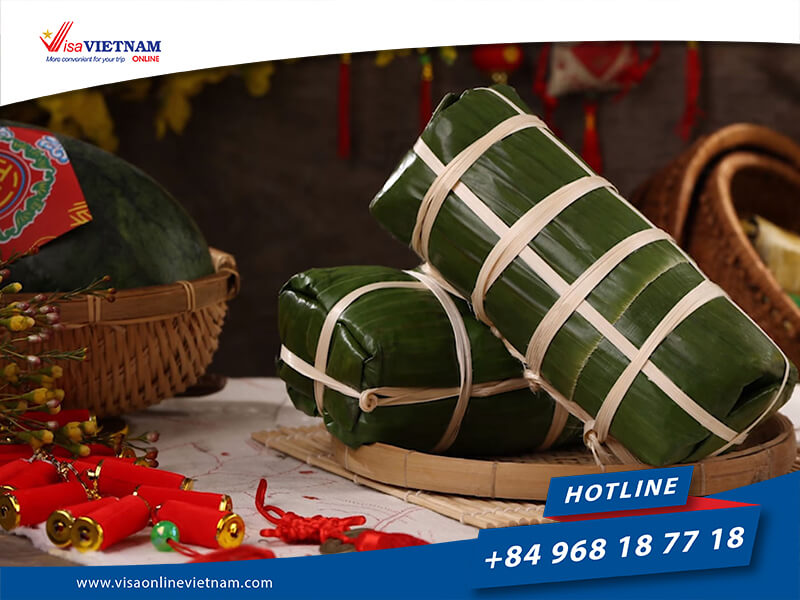
In conclusion, making Chung cake for the Lunar New Year is an aged-old tradition of Vietnamese people. Chung cakes are meaningful gifts and an indispensable offering on the ancestral altars during Vietnam’s biggest festival of the year. Istead of making Chung cake as Northern people, locals in the South of Vietnam make Tet cake to eat on Tet holiday. The 2 kinds have the same ingredients but the apparances are different,
The Five-Fruit Tray – a characteristic of Traditional Tet
The preparation of the five-fruit tray is an essential Tet tradition in every Vietnamese home. The tray symbolizes the family’s respect for their ancestors and their wishes for the New Year. Each fruit represents a different prayer for the future. Due to regional differences in climate and customs, people display the Tet fruit in different ways.
In the Northern Vietnam, people believe that the basic elements in oriental philosophy are represented by colors. Metal, wood, water, fire, and earth (the five basic elements) correlate with white, blue, black, red and yellow respectively, so the northern five-fruit tray often includes banana, pomelo, peach, mandarin and persimmon.
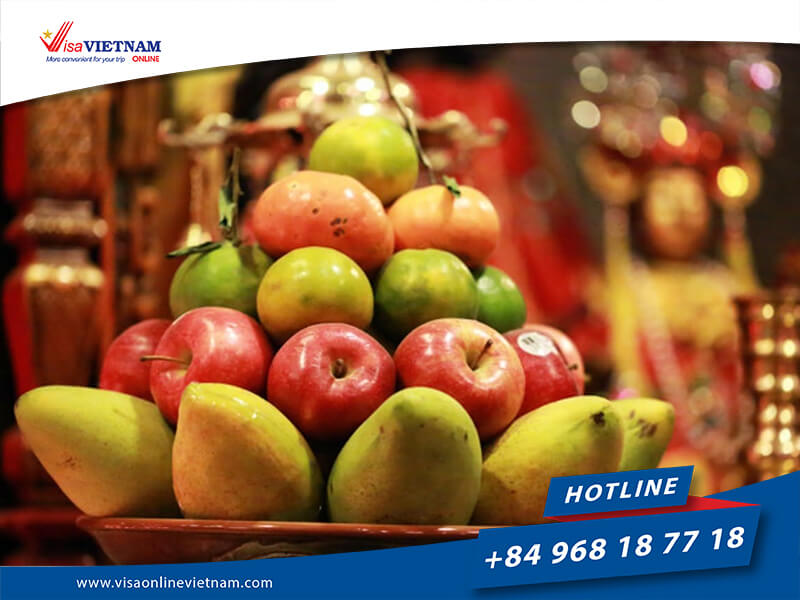
People in the central areas of Vietnam feel it is more important to show sincere gratitude for their ancestors than to spend too much time making a complicated arrangement. Some popular choices for the Central five-fruit tray are dragon fruit, watermelon, pineapple, and orange.
The five-fruit tray in the South is themed around the traditional southern wish for a wealthy New Year. The tray has an abundant display and is generally made up of custard apples, figs, coconuts, papayas, and mangoes. Families also like to display red watermelons to bring luck for the whole year.
Normally, in all regions, the tray will be put on the altar in the home, though sometimes people set it up on the table next to a box of candied fruit.
Kitchen Gods Farewell Ceremony
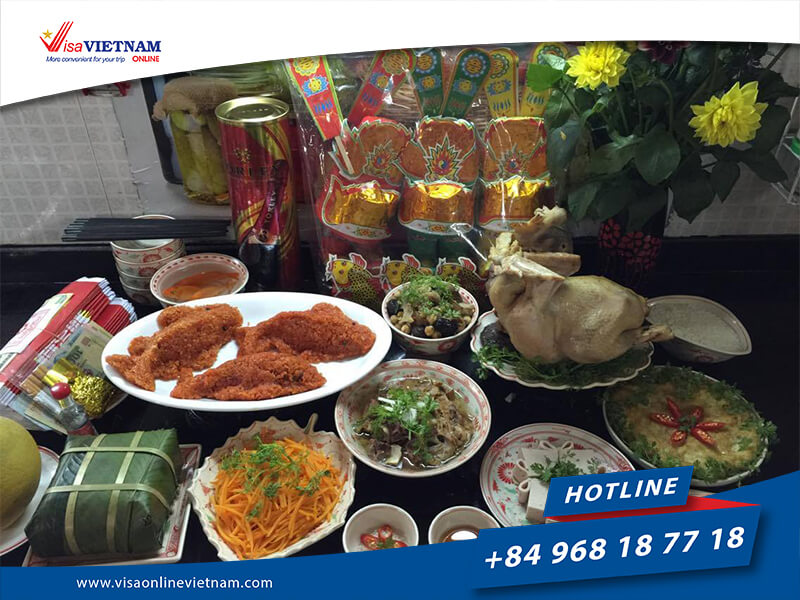
Every year, on December 23 according to lunar calendar, Vietnamese people worship the Kitchen Gods (Ong Tao) Farewell Ceremony.
One week before Tet, Vietnamese people clean up their kitchen, buy foods, paper cloths and living carps to offer farewell ceremony for Kitchen Gods. It is said that Kitchen God’s task is to report to the King of Heaven about the family’s affairs throughout the year and to wish for a lucky and prosperous new year.
After the ceremony, the carps will be free to the nearby lake or river and paper cloths will be burned.
As a rule, Kitchen Gods (Ong Tao) Farewell Ceremony is placed in the kitchen and must have carp because it is customary that Kitchen Gods ride carp to go to heaven.
New Year’s Eve Offerings
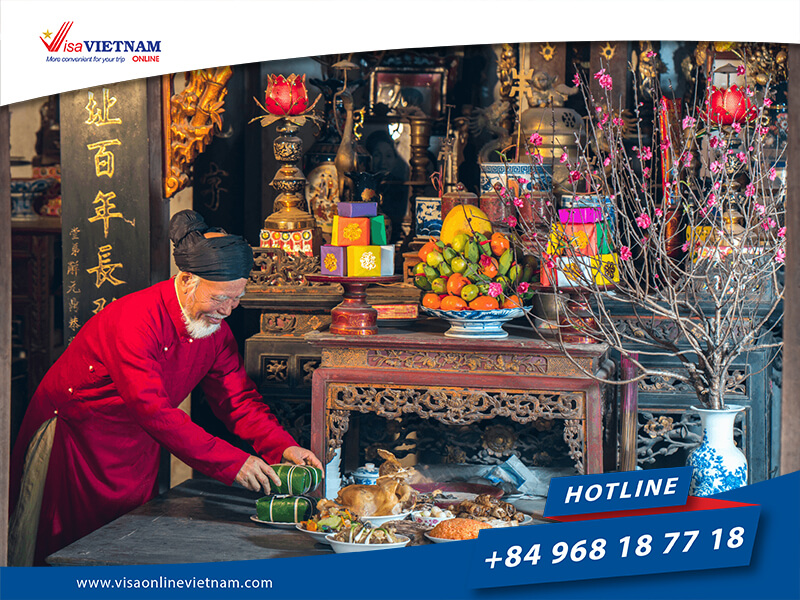
New Year’s Eve (Giao Thua) is a sacred tradition of saying good-bye to last year and welcoming New Year. At midnight, people offer both indoor and outdoor ceremonies.
Open-air ceremony is made to send thanks to gods. The offering simply includes a boiled chicken or a pig head, cooked rice, flowers (usually roses), fruit, beverage and Joss paper.
Right after that, the indoor ceremony takes place. How do people do? They light up incenses on the altar and whisper to invite the spirit of ancestors to come back home, celebrating the Tet Holiday with the whole family and wishing for a great new year. After Tet Holiday, another ceremony will be offered for ancestors’ departure to Heaven.
***
Dear our customers,
Vietnam Lunar New Year (Tet Holiday) is coming, kindly bear in mind to arrange to get your Vietnam visa or extend your visa to avoid using Urgent service.
If you have a plan to travel to Vietnam this month or the next 1 month, this is the best time to start your visa process.
If your visa is going to expired within 1 month or next month, please to arrange a visa extension, otherwise you can have a troublle due to Tet Holiday
————————–
Vietnam Immigration Department is closed during Tet Holiday, as a result, visa requests are not processed during the period except for a rush visa (feel free to contact us at Hotline: +84 968 18 77 18 \ WhatsApp: +84 – 982 879718 if you’re in emergency).
————————-
Please keep in mind that visaonlinevietnam.com provides:
- Get visa approval letter within: 1 hour, 2hours, 1 day, 2 days.
- Visa letter during Holiday: within 24 hours.
